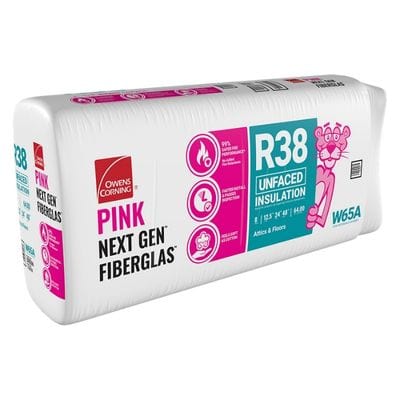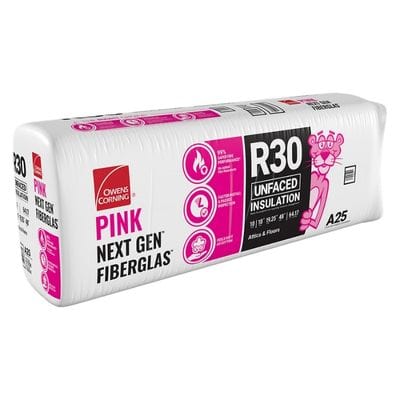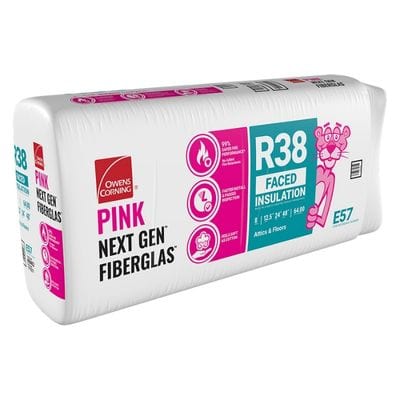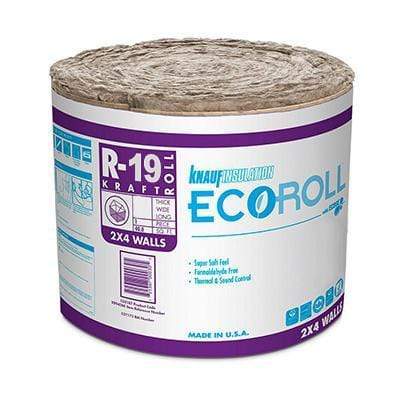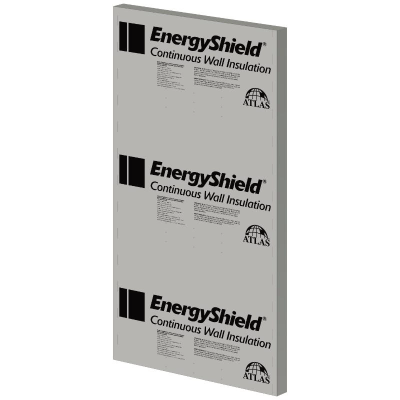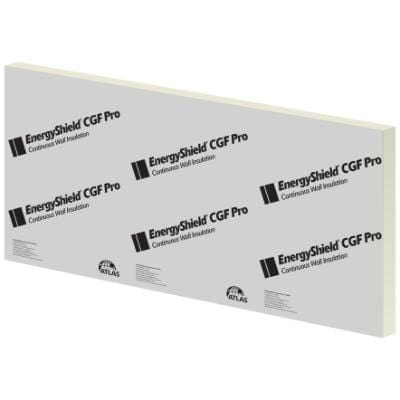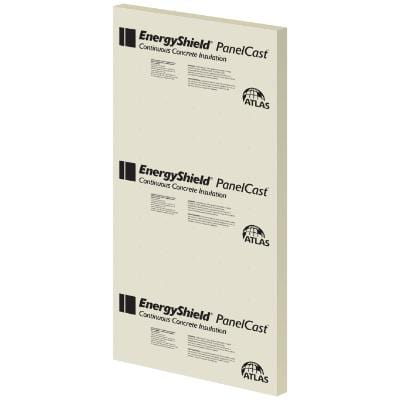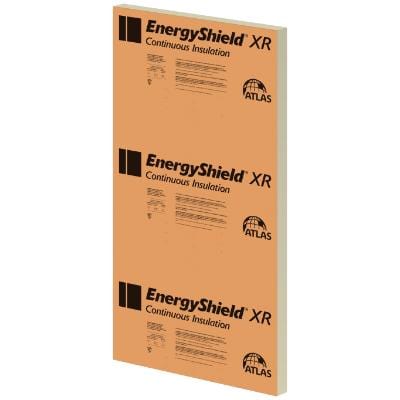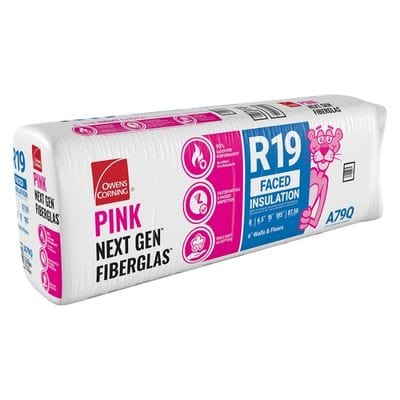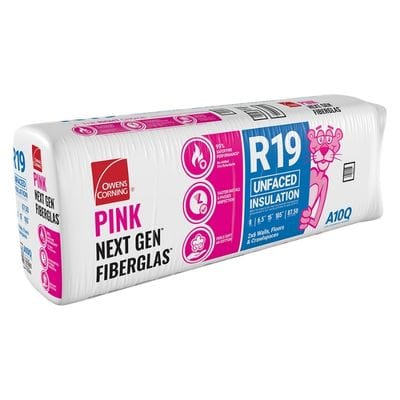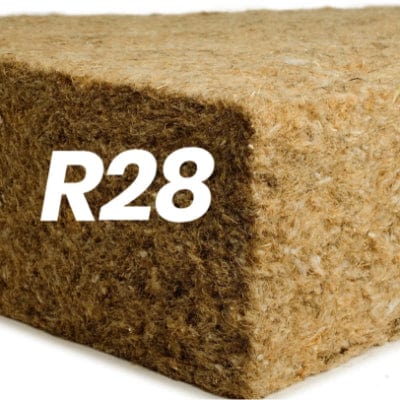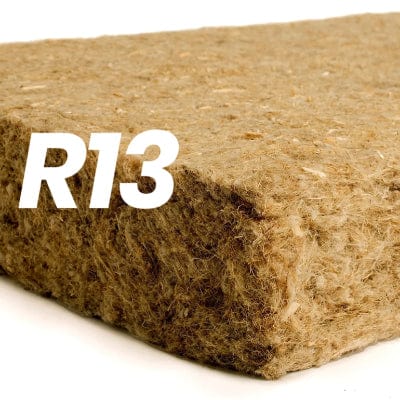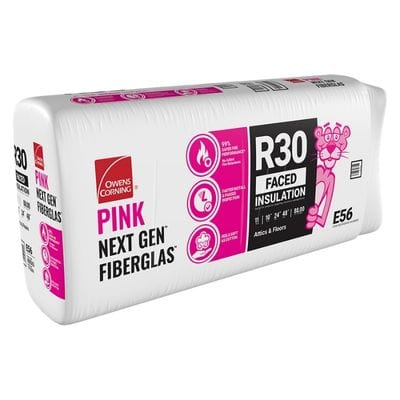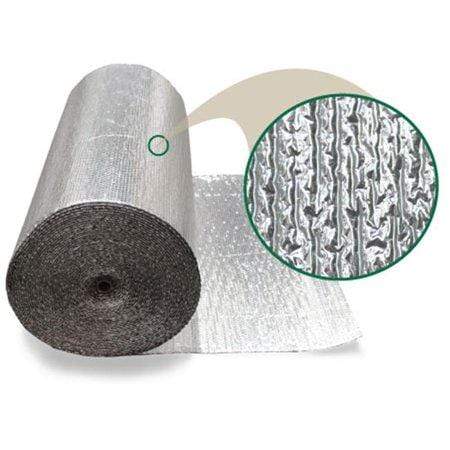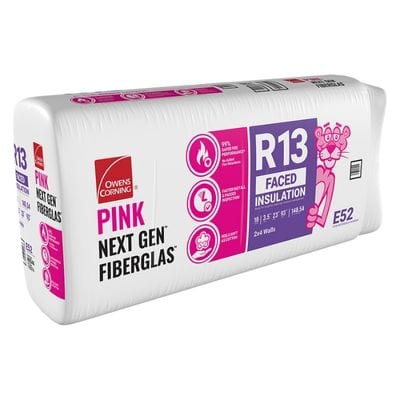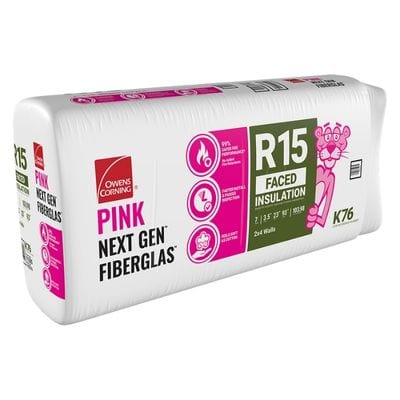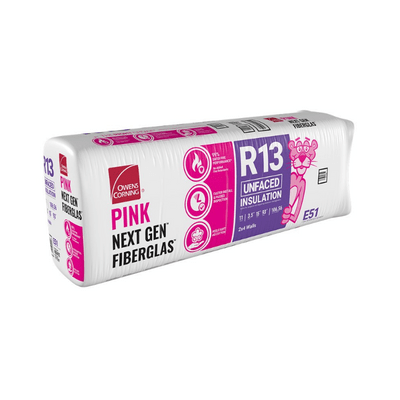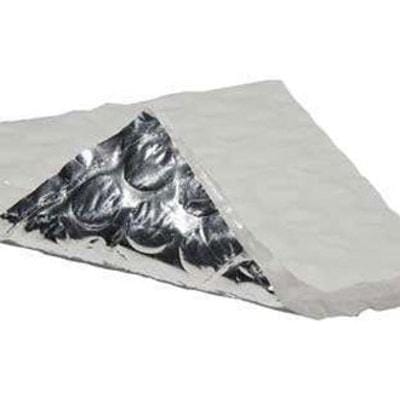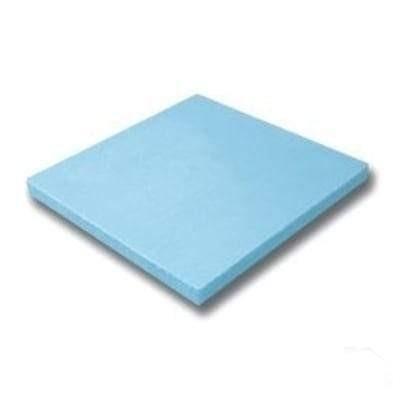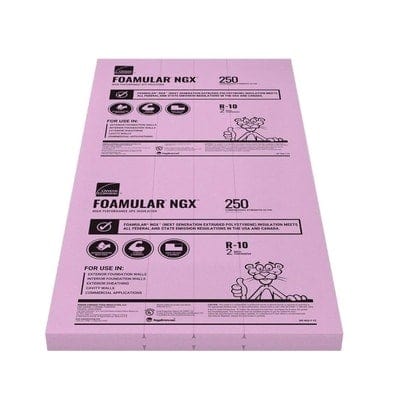-
Dow Thermax Sheathing 4' x 8' Polyiso (All Sizes)
Vendor:DowfromRegular price $85.75Sale price $85.75 Regular priceUnit price per$0.00 -
Owens Corning R-49 Kraft Faced Fiberglass Insulation Batts - All Sizes
Vendor:Owens CorningfromRegular price $368.65Sale price $368.65 Regular priceUnit price per$0.00 -
Owens Corning R-38 Unfaced Fiberglass Insulation Batts - All Sizes
Vendor:Owens CorningfromRegular price $220.94Sale price $220.94 Regular priceUnit price per$0.00 -
Owens Corning R-30 Unfaced Fiberglass Insulation Batts - All Sizes
Vendor:Owens CorningfromRegular price $229.23Sale price $229.23 Regular priceUnit price per$0.00 -
Dupont XPS 250 Blue Board - All Sizes
Vendor:DupontfromRegular price $44.57Sale price $44.57 Regular priceUnit price per$0.00 -
Owens Corning R-21 Kraft Faced Fiberglass Insulation Batts - All Sizes
Vendor:Owens CorningfromRegular price $418.94Sale price $418.94 Regular priceUnit price per$0.00 -
Owens Corning R-38 Kraft Faced Fiberglass Insulation Batts - All Sizes
Vendor:Owens CorningfromRegular price $253.70Sale price $253.70 Regular priceUnit price per$0.00 -
Knauf Ecoroll R-19 Kraft Faced Fiberglass Insulation Roll - All sizes
Vendor:KnauffromRegular price $225.24Sale price $225.24 Regular priceUnit price per$0.00 -
Atlas EnergyShield Ref Foil Faced 2 Sides Polyiso Insulation - All Sizes
Vendor:AtlasfromRegular price $805.64Sale price $805.64 Regular priceUnit price per$0.00 -
Atlas EnergyShield CGF Glass Mat Faced 2 Sides Polyiso Insulation - All Sizes
Vendor:AtlasfromRegular price $830.76Sale price $830.76 Regular priceUnit price per$0.00 -
Atlas EnergyShield CGF Pro Glass-Mat Faced 2 Sides (1 Side Gray) Polyiso Insulation - All Sizes
Vendor:AtlasfromRegular price $1,803.65Sale price $1,803.65 Regular priceUnit price per$0.00 -
Atlas EnergyShield PanelCast Glass-Mat Faced 4ft x 8ft Polyiso Insulation - All Sizes
Vendor:AtlasfromRegular price $1,231.23Sale price $1,231.23 Regular priceUnit price per$0.00 -
Atlas EnergyShield XR Foil Faced Both Sides Above & Below Grade 4ft x 8ft Polyiso Insulation Board - All Sizes
Vendor:AtlasfromRegular price $801.78Sale price $801.78 Regular priceUnit price per$0.00 -
Owens Corning R-19 Kraft Faced Fiberglass Insulation Batts - All Sizes
Vendor:Owens CorningfromRegular price $292.31Sale price $292.31 Regular priceUnit price per$0.00 -
Owens Corning R-19 Un-Faced Fiberglass Insulation Batts - All Sizes
Vendor:Owens CorningfromRegular price $273.15Sale price $273.15 Regular priceUnit price per$0.00 -
Owens Corning R-30 Kraft Faced Fiberglass Insulation Batts - All Sizes
Vendor:Owens CorningfromRegular price $283.36Sale price $283.36 Regular priceUnit price per$0.00 -
Thermafiber Sound Attenuation Fire Blankets (SAFB) - All Sizes
Vendor:Owens CorningfromRegular price $992.16Sale price $992.16 Regular priceUnit price per -
Double Bubble Reflective Foil Insulation Rolls - All Sizes
Vendor:Insulation4USfromRegular price $116.26Sale price $116.26 Regular priceUnit price per -
Owens Corning R-13 Kraft Faced Fiberglass Insulation Batts - All Sizes
Vendor:Owens CorningfromRegular price $406.64Sale price $406.64 Regular priceUnit price per$0.00 -
Owens Corning R-15 Kraft Faced Fiberglass Insulation Batt - All Sizes
Vendor:Owens CorningfromRegular price $393.16Sale price $393.16 Regular priceUnit price per$0.00 -
Owens Corning R-13 Unfaced Fiberglass Insulation Batts - All Sizes
Vendor:Owens CorningfromRegular price $318.47Sale price $318.47 Regular priceUnit price per$0.00 -
Double Bubble White Foil Reflective Insulation Rolls - All Sizes
Vendor:Insulation4USfromRegular price $101.25Sale price $101.25 Regular priceUnit price per -
Dupont XPS 150 Blue Board - All Sizes
Vendor:DupontfromRegular price $43.67Sale price $43.67 Regular priceUnit price per$0.00 -
Owens Corning R-21 Un-Faced Fiberglass Insulation Batts - All Sizes
Vendor:Owens CorningfromRegular price $371.93Sale price $371.93 Regular priceUnit price per$0.00 -
Knauf Ecoroll R-19 Unfaced Fiberglass Insulation Roll 6.25 in x 15 in x 39.2 ft (6 Rolls)
Vendor:KnauffromRegular price $209.97Sale price $209.97 Regular priceUnit price per$0.00 -
Owens Corning R-15 UnFaced Fiberglass Insulation Batts - All Sizes
Vendor:Owens CorningfromRegular price $400.82Sale price $400.82 Regular priceUnit price per$0.00 -
Hunter Panels Xci Foil Polyiso Panel 4ft x 8ft (All Sizes)
Vendor:Hunter PanelsfromRegular price $1,262.40Sale price $1,262.40 Regular priceUnit price per$0.00 -
Knauf Ecoroll R-13 Unfaced Fiberglass Insulation Roll 3.5 in x 15 in x 62.7 ft (6 Rolls)
Vendor:KnauffromRegular price $283.29Sale price $283.29 Regular priceUnit price per$0.00 -
Owens Corning FOAMULAR NGX 250 4ft x 8ft Insulation Board
Vendor:Owens CorningfromRegular price $52.55Sale price $52.55 Regular priceUnit price per -
Owens Corning R-11 Unfaced Fiberglass Insulation Batts - All Sizes
Vendor:Owens CorningfromRegular price $324.99Sale price $324.99 Regular priceUnit price per$0.00 -
Knauf Ecoroll R-13 Kraft Faced Fiberglass Insulation Roll - All sizes
Vendor:KnauffromRegular price $305.83Sale price $305.83 Regular priceUnit price per$0.00
When considering floor insulation, it's essential to select the most suitable product for your specific needs, environmental conditions, and application methods. At Insulation4us, our wide array of high-quality floor insulation products ensures you find the optimal solution for your projects, catering to varying sizes, types, and insulation requirements.
Polyiso Insulation
- Examples: Dow Thermax Sheathing, Hunter Panels Xci Foil Polyiso Panel.
- Uses: Suited for continuous insulation to assist in energy conservation and can be applied over most surfaces. Polyiso is known for its high R-value per inch, making it an effective insulator.
Fiberglass Insulation
- Examples: Owens Corning R-38 Unfaced Fiberglass Insulation Batts, Knauf Ecoroll Kraft Faced Fiberglass Insulation Roll.
- Uses: Widely used for thermal and acoustic insulation. It is versatile, cost-effective, and easy to install, making it suitable for floors, walls, and ceilings.
XPS Insulation Boards
- Examples: Dupont XPS 250 Blue Board, Owens Corning FOAMULAR 150 XPS Insulation Board.
- Uses: Excellent for insulating basements, slabs, and other areas requiring moisture resistance and high R-values.
Reflective Foil Insulation
- Examples: Double Bubble Reflective Foil Insulation Rolls, Single Bubble White Foil Reflective Insulation Rolls.
- Uses: Ideal for reducing radiant heat and enhancing thermal performance in floors, walls, and roofs.
Sound Attenuation Fire Blankets
- Example: Thermafiber Sound Attenuation Fire Blankets (SAFB).
- Uses: Primarily used for sound absorption and fire resistance in various residential and commercial applications.
Selection Guidance
1. Consider Application Area
- Above Grade: Fiberglass Batts or Polyiso can be suitable.
- Below Grade: Opt for moisture-resistant products like XPS insulation boards.
2. Assess Required R-value
- Higher R-value products offer better thermal resistance. Determine the needed R-value based on local building codes and climate.
3. Evaluate Installation Ease
- Choose products that align with your installation capabilities—some products, like fiberglass batts, are more user-friendly and suitable for DIY projects.
4. Budget Constraints
- Establish a budget and select a product that offers the best value for the cost. While higher R-value products might be more expensive, they can offer better long-term value.
Read More



